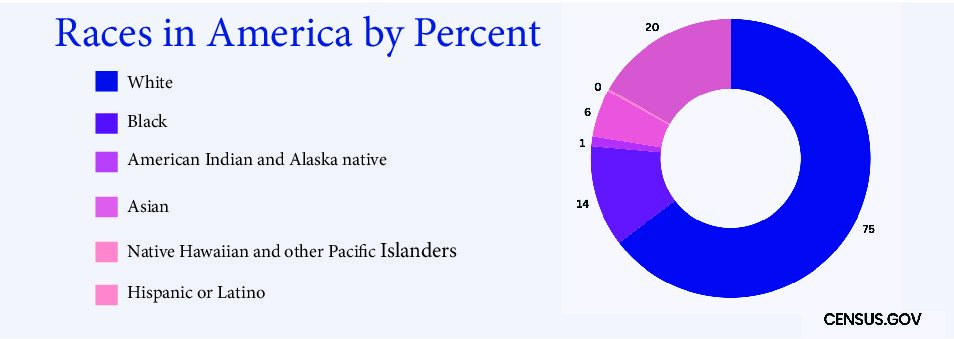
photo credit: Valentina Urbaez
When Big Oil slewed together the idea of the carbon footprint, it made it with the idea of wagging the finger at individuals rather than themselves. The idea that individual people drive climate change has been enough to not only send those individuals but also big corporations and industries into denial. It’s always the next person’s problem to clean up or an accident for the next generation.
However, the industry built around saving lives is typically excluded from the finger pointing. Little by little, hospitals were found on the table of culprits to consider.
As healthcare systems carry the burden of treating those most affected by climate change, they’re simultaneously contributing to it.
The University of Pittsburgh Medical Center found that the anesthetic gas, desflurane, is 3,700 times more potent than carbon dioxide, sparking a reduction in cafeteria food waste and the formation of Clinicians for Climate Change. When the residents working within hospital walls are calling attention to how they’re making an unfortunate contribution, it’s best to listen.
Although a lot of the hospital waste is unfortunately found in the hands of staff, they cannot be seen as the major culprit. The CommonWealth Fund found 82 percent of greenhouse gas emissions within hospitals are attributed to the supply chain including waste, energy, transport and manufacturing. Because when you strip off the beds and the people who do the saving, one can only find that the machines and bare bones of the actual building are the things left over.
Though collectives like the Clinicians for Climate Change group have made headway in sustainability and cost effectiveness, this large-scale problem continues to prove that a global problem can hardly be solved on an individual level.
Hospitals can take on greener models for care and transportation, or invest in renewable energy, but those models must include greener tools, food and disposal. Sacrificing the environment to maintain sterilization and feeding a massive population are factors that hold weight and should be at the top of things to consider.
At the end of the day, every single person will benefit from reduced emissions. Right now, the country is watching as problems continue to recycle themselves. Groups that are low income, people with health problems, the elderly and children are most at risk of the climate crises the healthcare sectors are feeding right back into.


